
Embracing The Circular Economy: Environmental House Design
Lifestyle, New Homes, Renovations, Tips and AdviceWe all want to live a more sustainable, less resource-intensive lifestyle. The less negative impact we have on the environment the better. As a result of this, sustainable, environmental house design has grown in popularity. But how environmentally responsible are new home builds and modern renovations? Well, if you’re worried about your carbon footprint and want to make a difference, then perhaps it’s time you embraced the ‘Circular Economy.’
The problems with modern building practices
Modern construction practices are wasteful. We take natural resources, turn them into a structure, then knock it down and dump it into landfill. Well, not everything ends up in landfill, but the bulk of it does. This linear ‘take–make–dump’ model is not only not sustainable, but also detrimental to the planet. It’s unnatural.
Think about nature for a moment. In nature living things eventually die, then decompose and return to the earth to help create more life. It’s the circle of life. But modern construction doesn’t return anything of use. Instead, it’s consumed and discarded, creating nothing but waste.
And it’s not only at the end of a building’s life that we need to consider the impacts of our construction practices. The materials we use have an impact as well. Concrete, for example, is fairly energy intensive to make, particularly when you consider the need for reinforced steel. Then, once the building is older and needs to be demolished, you’re left with nothing that can be reused (not counting windows, doors etc but purely focusing on the walls and floors). Compare that to timber which, depending on how it’s been treated, can be either reused or will decompose back into the soil.
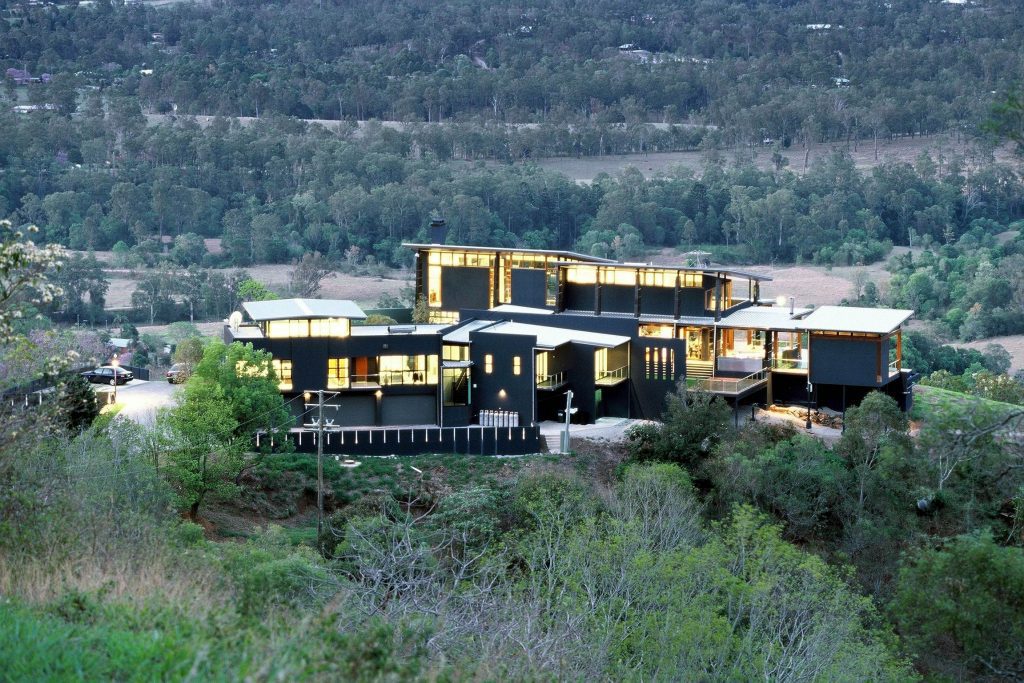
How the circular economy overcomes these problems
To comprehend the circular economy, we must first grasp its core principles. Unlike the traditional linear model we mentioned earlier, the circular economy adopts a regenerative and restorative approach. It aims to keep materials and products in use for as long as possible, maximising their value and minimising waste. This shift requires a fundamental change in the way we design, construct, use, and dispose of buildings.
The construction industry is notorious for its significant material consumption and waste generation. However, the circular economy offers a range of strategies to tackle these challenges. One of the more exciting strategies is the concept of designing for disassembly. By using an environmental house design with modular components that can be easily dismantled, repaired, and reused, we can extend the lifespan of materials and reduce the need for new resources.
But it’s not just the environmental house design of the building that’s important when it comes to the residential housing circular economy, the adoption of circular procurement practices is also crucial. This involves considering the entire lifecycle of materials, from sourcing to disposal. By prioritising suppliers that prioritise sustainability, such as those offering recycled or reclaimed materials, construction companies can contribute to a more circular value chain.
Another approach gaining momentum is the use of innovative recycling technologies. Advanced processes like 3D printing and upcycling enable the creation of unique structures from recycled materials, reducing the industry’s reliance on virgin resources.
How does the circular economy work in relation to residential homes?
The aim of the circular economy is to minimise waste, maximise resource efficiency and promote sustainability. It does this by keeping materials and products in use for as long as possible. It’s more commonly applied in industrial processes and supply chains, but it also has applications that are relevant to the residential home market.
There are several ways in which the circular economy can work with residential homes:
- Design for durability and longevity: When constructing or renovating homes, a circular economy approach involves the environmental house design to be durable and long-lasting. This reduces the need for frequent replacements and minimises waste.
- Energy efficiency and renewable energy: Improving the energy efficiency of residential homes reduces the demand for energy and minimises the resources consumed. Plus, integrating renewable energy sources such as solar panels can allow homeowners to generate clean energy and reduce dependence on fossil fuels.
- Resource-efficient construction materials: Using sustainable and recyclable materials during the construction or renovation process can help reduce waste and ensure that resources are kept within the system. For example, using reclaimed or recycled materials, responsibly sourced wood, and low-impact insulation just to name a few.
- Recycling and waste management: Proper waste management is a key component of the circular economy. Homeowners can help by implementing effective recycling programs, composting organic waste, and minimising single-use items. Recycling and reusing materials within the home, such as through upcycling or repurposing furniture and fixtures, also contribute to the circular economy.
- Circular lifestyle choices: In addition to the physical aspects of the home, a circular economy approach also involves adopting sustainable lifestyle choices. This includes minimising consumption, embracing second-hand shopping, buying products with extended warranties or repair services, and opting for sustainable and eco-friendly alternatives.
The process of environmental house design using circular economic principles
The process of environmental house design using circular economic principles is not as straightforward as a more traditional home design. It takes enormous attention to detail and flexibility to think outside the traditional box to get the best results.
It starts with assessing what’s already there, and what can be kept and repurposed. Demolishing and discarding should be a last resort, but at no stage should the result be compromised. It’s a matter of achieving the client’s aims whilst utilising what you have at your disposal.
Consideration must be given to the future of the project. The materials and products should be used in a way that makes future recycling a possibility as well. Creating an environmental house design that’s modular and adaptable helps to this end.
The benefits to you, the homeowner, in embracing the circular economy
Most people would say saving the planet is beneficial enough, but there is also a range of tangible short-term benefits to engaging in the circular economy. Saving money is perhaps the largest benefit and this occurs in several ways.
The energy-efficient design of the home is an obvious area of saving. Particularly with the addition of solar panels, insulation, and renewable energy systems.
Utilising long last materials and products is not only a money saver, but it’s a large part of what the circular economy is all about. Wear and tear add to the long-term costs over the life of your home. Whether it’s construction materials that constantly need maintenance or appliances that need replacing, the costs really add up. Investing in durable materials and well-designed products may cost a little more upfront but in the long run, it can literally save you thousands of dollars in maintenance and replacement expenses.
Using the principles of the circular economy, homes have future alterations, and reconfigurations built into their design. So, when the time comes to renovate or add an extension, it can be done more quickly and efficiently, with less impact on your lifestyle.
Of course, the most important benefit of all is in knowing that you’ve done your bit to limit your impact on the environment by undertaking an environmentally responsible construction.
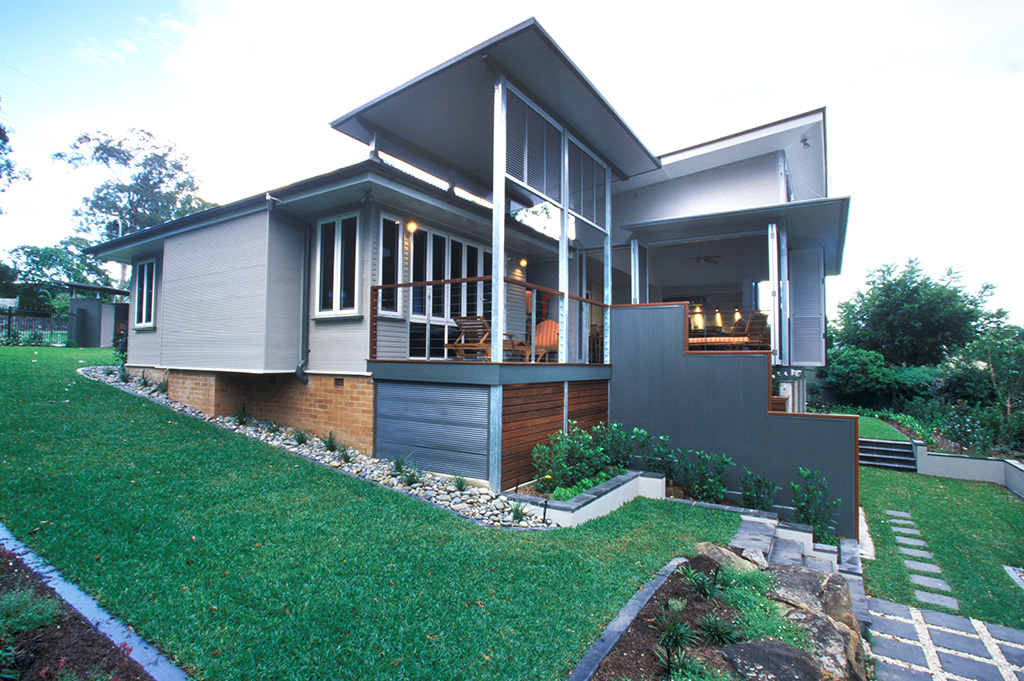
Design skills are critical for environmental house design within the circular economy
Engaging with sustainable architects is important in any project, but even more so when it comes to circular economy environmental house design.
A design created around the principles of the circular economy is not like looking at a vacant block of land as a blank canvas. Instead, there is considerable focus on the existing site, any structures that are already there and any assets that the location offers. Sustainability and energy efficiency are cornerstones of any of our designs. But, as with any of our designs, your lifestyle needs are at the forefront of our planning.
The design very much looks into the future meeting your current needs whilst considering what you may need in the future. For example, if there’s a possibility that you may wish to increase the size of your home in the coming years, or perhaps you might want to downsize your living space and convert the home to one of dual occupancy. The design is created in such a way that any future renovation reduces wastage to a bare minimum.
It might help to consider circular economy-designed homes as modular designs. The design makes it easier to add extensions or reposition or add or remove internal walls. But the design should never compromise the present for a future lifestyle. Things change, our needs change, tastes and technology all change, your design must be the best possible design for the now, with the potential for future adaptations built in. And that’s where real design skills come in. That’s why you need to work with dion seminara architecture to get the best results for your home.
How Can We Help with Environmental House Design?
The designs that we create consider the type and quality of materials and appliances. At dion seminar architecture, we aim to maximise the lifespan of the materials used within a home, using sustainably sourced with less negative impact on the environment.
Residential homes designed using circular economic strategies are not in any way a compromise nor are they full of second-hand materials or goods. Yes, they should use existing materials wherever possible, but the right designs are simply stunning with the added benefit of knowing that you’re reducing waste, reducing landfill and creating a better future for generations to come. So, if you’re keen to create a truly sustainable home that’s perfectly tailored to your needs and environmentally responsible, then contact us today and let us help you create your circular economy dream home.
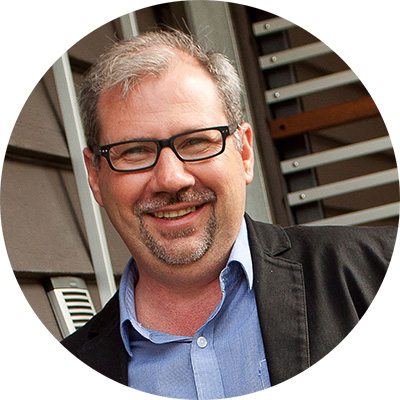
DION SEMINARA, DION SEMINARA ARCHITECTURE
We are experts at home design, renovations and new homes and ensure good value for money outcomes.Hi, I am Dion Seminara, practicing architect and licensed general builder for 30 years as well as an environmental sustainable design (ESD) expert. I graduated from Queensland University of Technology (QUT) with honours, QLD in 1989. Registered as an architect in 1991 and registered as a builder in 1992, I am also a fellow member of the Australian Institute of Architects (AIA). Having received 12 ArCHdes Residential Architecture Awards, LJ Hooker Flood Free Home Design Award and the 2016 AIA Regional Commendation for Public Architecture, my expertise with both residential renovation (to all types of houses, especially Queenslanders, 50s/60s/80s), new contemporary homes and luxury residences has earned me a reputation as one of Brisbane's architectural specialists in lifestyle design architecture, interior design and landscape design.

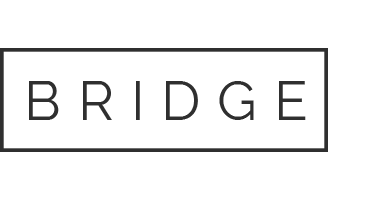
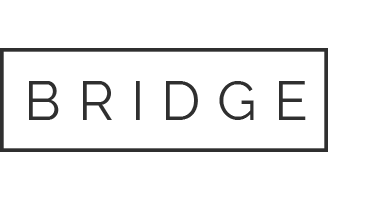

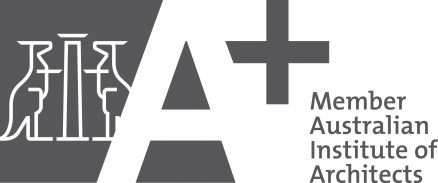
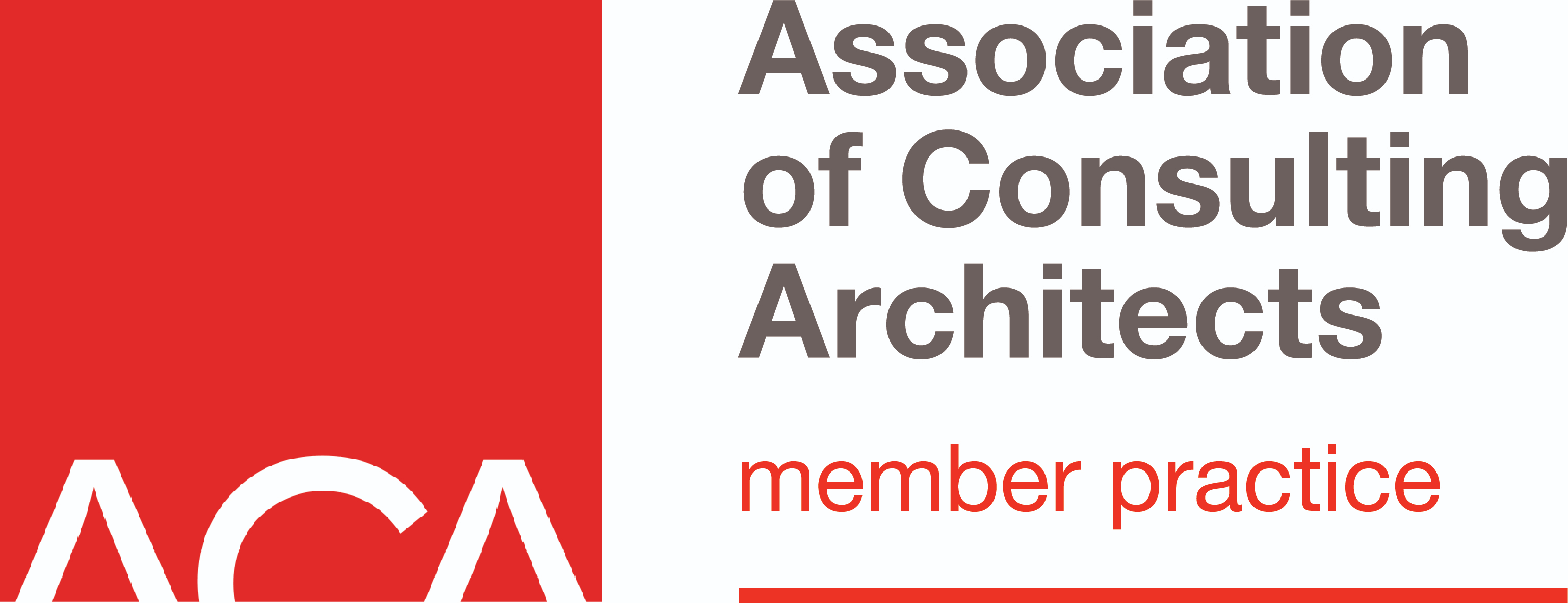
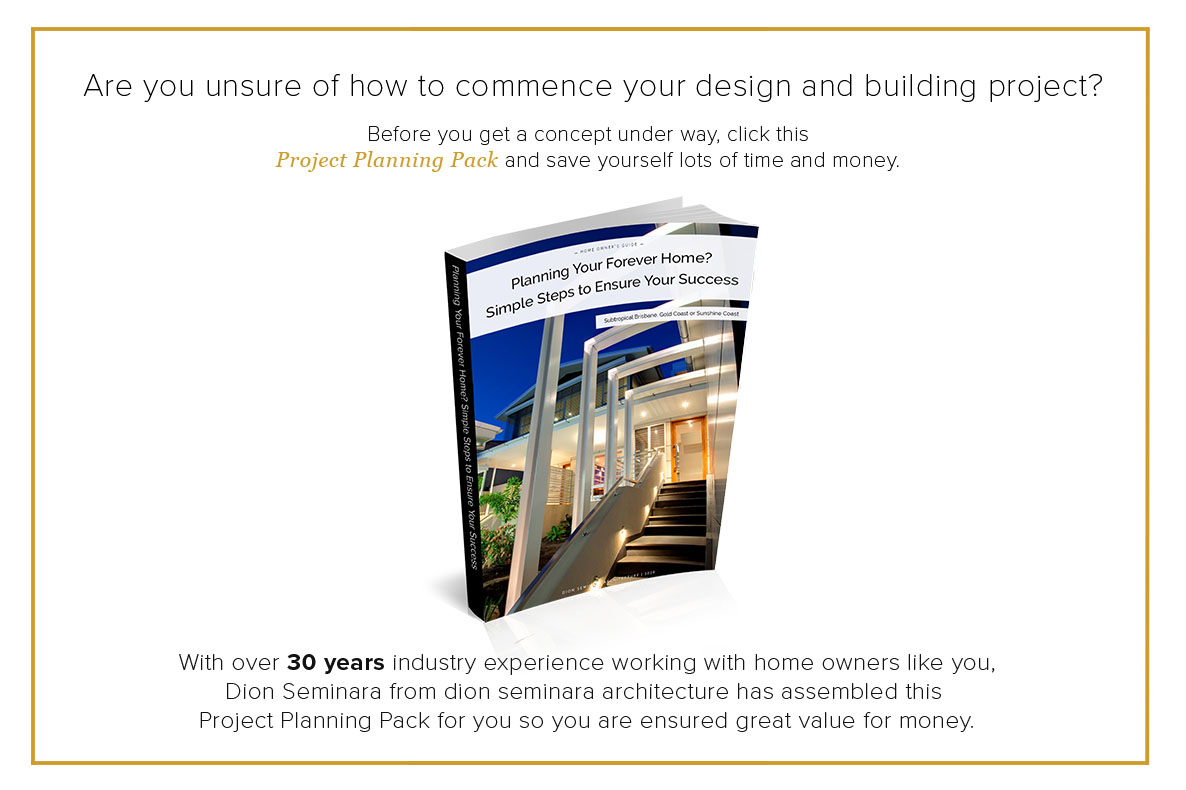
![Post War Home Renovations [Updated November 2023]](https://dsarchitecture.com.au/wp-content/uploads/2019/02/dkp_DS_BayviewTce35M.jpg)
![Designing A Home Gym? Architect Dion Seminara’s Top Tips! [Updated November 2023]](https://dsarchitecture.com.au/wp-content/uploads/2015/10/dkp_DS_Herbertson2M-26.jpg)
![How to Design a Flood Proof House [Updated Nov 2023]](https://dsarchitecture.com.au/wp-content/uploads/2016/08/20110308_Grantham_House_Competitionv6.jpg)